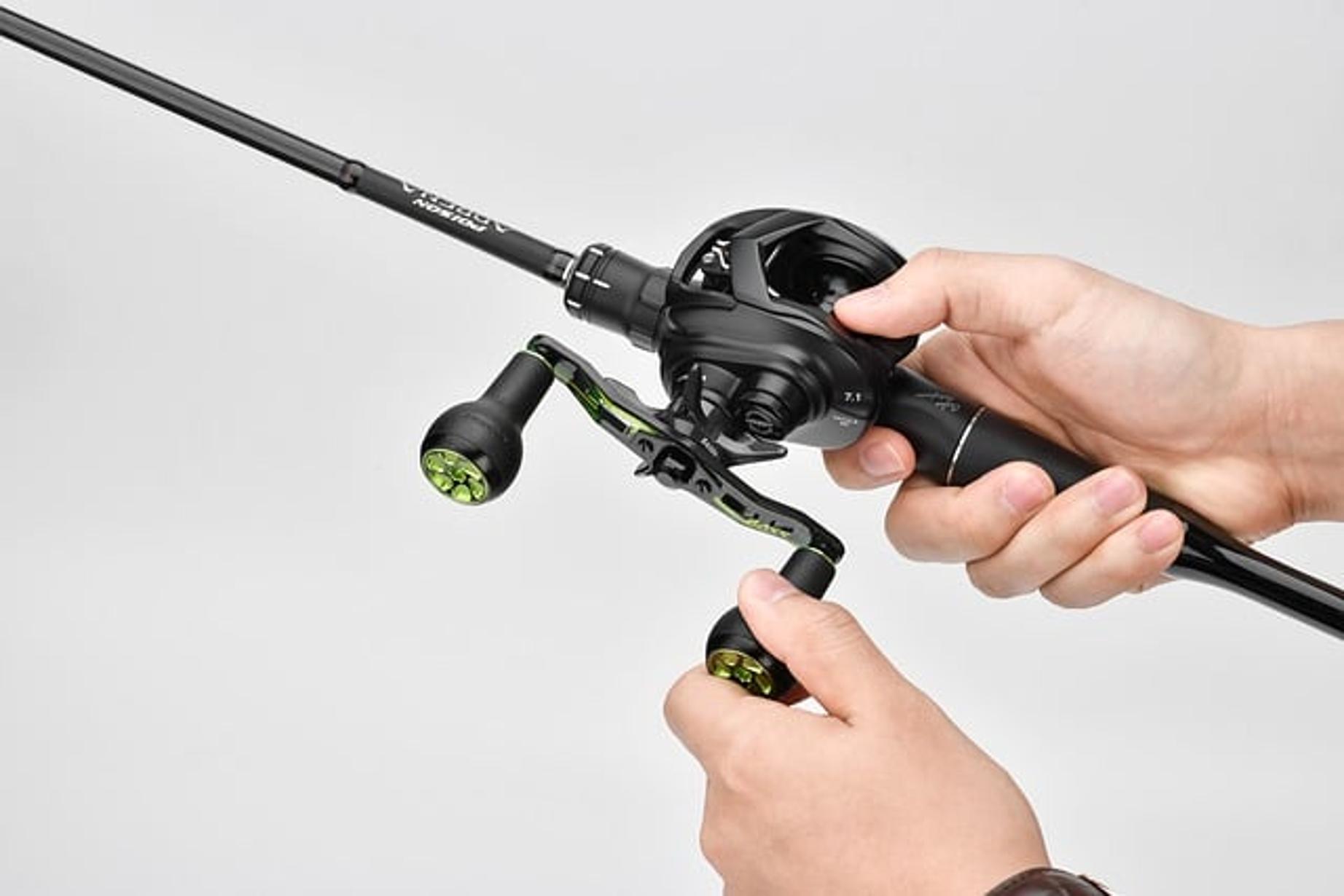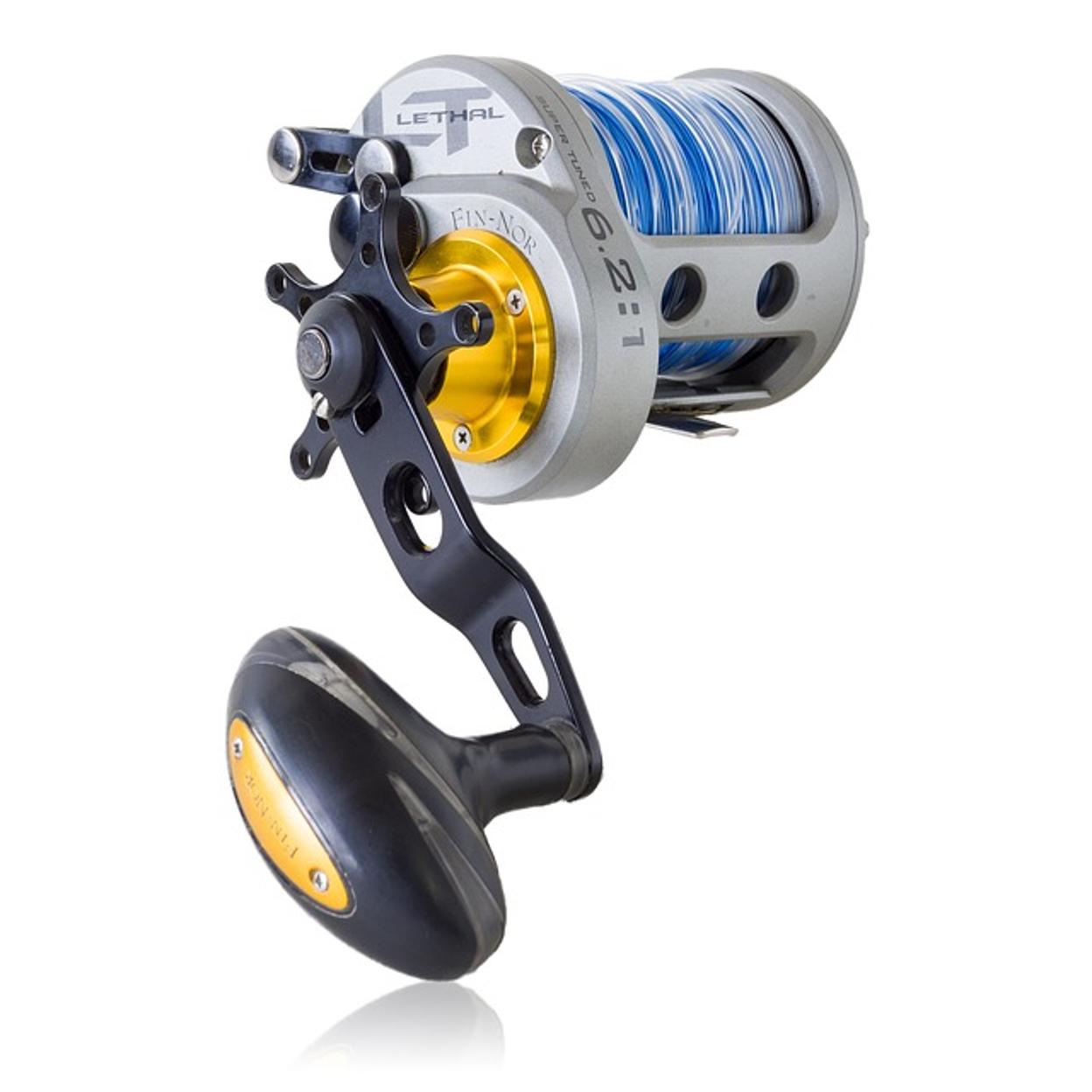Introduction
Fishing reels, like any other piece of mechanical equipment, require regular maintenance to function smoothly. Properly oiling your reel not only enhances its performance but also extends its lifespan. In this comprehensive guide, we will walk you through the process of oiling your fishing reel, ensuring you have a seamless and enjoyable fishing experience. Whether you’re a seasoned angler or a beginner, these steps will help you maintain your gear effectively.

Understanding the Importance of Oiling Your Fishing Reel
Regularly oiling your fishing reel is crucial for several reasons. First and foremost, it reduces friction between the moving parts, ensuring smooth operation. This smoothness is particularly important when you’re reeling in a big catch. Moreover, oiling helps to protect the reel from rust and corrosion, which can be detrimental over time. Without proper lubrication, the reel’s components can wear out more quickly, leading to costly repairs or replacements.
A well-oiled reel also enhances casting distance and accuracy, allowing you to fish more efficiently. Overall, consistent oiling is a small effort that offers significant benefits, ensuring your fishing reel remains in top condition.

Tools and Materials You’ll Need
To oil your fishing reel effectively, you’ll need specific tools and materials. Gather these items before you start to make the process smooth and efficient:
- Fishing Reel Oil: Specially formulated oil designed for fishing reels.
- Small Screwdrivers: To disassemble the reel.
- Cleaning Cloths: Lint-free cloths for cleaning the components.
- Cotton Swabs: For reaching tight spots.
- Soft Brush: To remove debris and dirt.
- Warm Water and Mild Detergent: For cleaning parts.
- Parts Tray: To keep small parts from getting lost.
Having all these tools and materials at hand will make the oiling process straightforward and hassle-free.

Preparing Your Fishing Reel for Oiling
Before you start oiling, it’s essential to prepare your reel properly. This preparation phase ensures that you don’t miss any critical steps and that the reel is ready for lubrication.
- Clear the Area: Select a clean, well-lit workspace with enough room to disassemble and lay out the parts of your reel.
- Gather Tools: Ensure all the necessary tools and materials are within reach, as mentioned in the previous section.
- Disengage the Reel: Remove the reel from the fishing rod. This makes it easier to work on without any hindrance.
- Wipe Down the Exterior: Use a cloth to wipe off any dirt or salt from the reel’s exterior. This prevents dirt from entering the internal components during disassembly.
- Place a Towel or Mat: Lay a towel or mat on your workspace to catch any small parts that might fall during disassembly.
These initial steps will help you get started on the right foot, ensuring the process is efficient and effective.
Step-by-Step Guide on How to Oil a Fishing Reel
Now that your reel is prepared, let’s dive into the detailed steps of oiling your fishing reel.
Disassembling the Reel
- Refer to the Manual: Before disassembly, refer to the reel’s manual for specific instructions.
- Remove the Spool: Start by removing the spool. Depress any buttons or rotate as necessary.
- Unscrew the Handle: Use the appropriate screwdriver to unscrew and remove the handle.
- Disassemble Internal Components: Carefully remove the drag system, gears, and other internal parts. Place each part in a parts tray.
Cleaning the Components
- Clean with Warm Water and Detergent: Mix mild detergent with warm water. Use a soft brush to scrub each component gently.
- Dry Thoroughly: After cleaning, dry all components thoroughly with a lint-free cloth.
- Use Cotton Swabs for Tight Spots: To ensure no dirt remains, use cotton swabs to clean tight spots and hard-to-reach areas.
Applying Oil to Critical Parts
- Identify Critical Parts: These typically include the gears, ball bearings, and any moving parts.
- Apply Oil Sparingly: Use the fishing reel oil to apply a few drops to each critical part. Avoid over-oiling.
- Rotate the Parts: After applying the oil, manually rotate the moving parts to ensure the oil spreads evenly.
Reassembling the Reel
- Replace Internal Components: Carefully place the internal components back into their respective positions.
- Reattach the Handle: Screw the handle back into place securely.
- Reinsert the Spool: Finally, reinsert the spool and ensure it is properly fitted.
Post-Oiling Maintenance and Storage Tips
Keeping your reel in good shape doesn’t end with oiling. Regular maintenance and proper storage are equally important.
- Regular Cleaning: After each fishing trip, clean your reel with fresh water and dry it thoroughly.
- Check for Wear: Regularly inspect your reel for signs of wear and tear, replacing parts as needed.
- Store Properly: Store your reel in a cool, dry place. Use a reel cover to protect it from dust.
Following these tips will help maintain the reel’s condition and enhance its longevity.
Conclusion
Oiling your fishing reel is an essential maintenance task that ensures the smooth operation and longevity of your gear. By following the step-by-step guide provided, you can efficiently oil your reel, keeping it in top-notch condition for your fishing adventures. Regular maintenance and proper storage further ensure that your reel remains reliable and efficient.
Frequently Asked Questions
How often should I oil my fishing reel?
Generally, it’s recommended to oil your reel after every few fishing trips, especially if you fish in saltwater environments. Regular checks and maintenance ensure optimal performance.
Can I use any oil for my fishing reel?
No, it’s best to use oil specifically formulated for fishing reels. These oils are designed to provide the optimal lubrication needed while being safe for the reel’s components.
What are the signs that my reel needs oiling?
If you notice that the reel is not as smooth as before, makes unusual noises, or has visible signs of rust and corrosion, it’s time to oil it. Regular maintenance helps prevent these issues.
